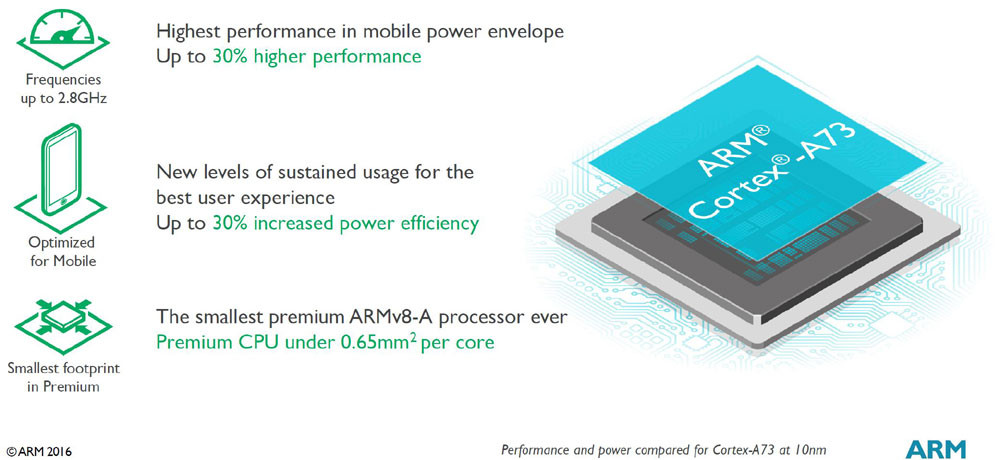
The tiny chips that hold all your music and your phone’s mobile operating system come in various grades of quality. USB thumb drives, for example, often have bottom of the barrel NAND components. Smartphones and tablets have slightly better NAND parts. And of course, the chips that come in mid-range to high-end laptops are the best. According to AnandTech, Toshiba wants to bring those best-of-breed NAND components to phones and tablets, so they’re teaming up with Qualcomm on something called Universal Flash Storage 2.0 or UFS2.
Now what exactly does UFS2 enable? There are actually two flavors, one that’s “low-speed” and another that’s “high-speed”. The “slow” version will enable data transfer rates at 725 megabytes per second. That’s faster than the SATA 2.0 ports in most computers today. The “high-speed” version doubles that to nearly 1.5 gigabytes per second, which is obviously outrageously fast.
Where does Qualcomm come into this? The new Snapdragon 805 supports UFS2, and Toshiba claims that we should be seeing products use this new faster protocol hit the market as soon as Q2 2014. Assuming they miss that target, there’s still a good chance we’ll see something that’s UFS2 enabled by the end of the year.
Why does one need to have storage chips that are that fast? That’s a silly question and you know it. Why do phones need 1080p screens and 150 megabit per second 4G LTE connections? Technically they don’t. Technically we don’t even need smartphones to exist as a species.
But they’re cool, and so the march to innovate goes on.







